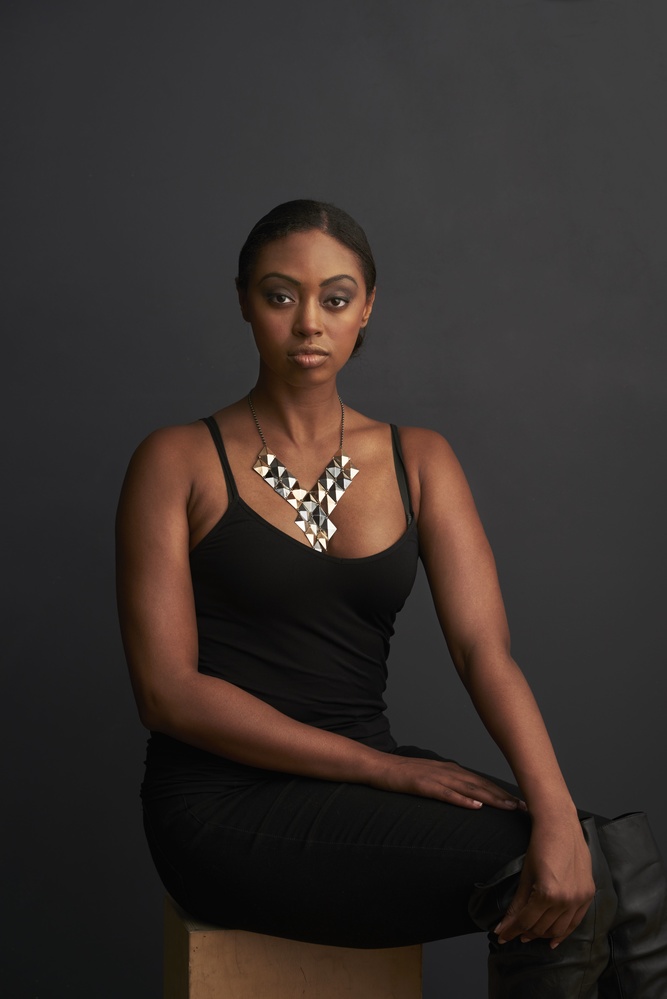The world’s best photographers are defined by their styles. For example, you can instantly look at an image by Martin Schoeller or Annie Leibovitz and recognize what you’re seeing. Their work is distinctly theirs. I believe that a big part of a photographer's success lies in finding this style. It may not come easily to everyone, however.
Often times when people first delve into photography, they are inclined to try a little bit of everything. In my opinion, this is a great way to start. I see a lot of people buying cameras for a specific purpose; they want to shoot cars because they work at an auction house, or they want to better cover their travels to add content for their blog. While this is all well and fine, it can keep them in a creative rut. If you want to really find your style, you need to branch out and experiment.
Let’s look at a few images and talk about the key differences and what differentiates them.


These were all shot with the same camera, lens, and light, and they were even shot within an hour of each other. The differences are subtle between the two images. The light was a strobe through a zoom reflector for a very hard light source. In the two shots, the positioning of the light was the same. The black and white image was shot using the modeling light instead of the flash. This required a slightly higher ISO of 1600. I added grain in post processing to add a more raw aesthetic. The other image was shot with the actual flash and at around 100 ISO. The image received some dodging and burning, but not much else. The black and white image was given a steep curve and added contrast in Capture One in order to make the light seem even more harsh.
Here is a third image from that shoot:

This is vastly different from the previous two shots. The biggest change is the light source. This is still a one light portrait, but the modified was a 48” octabox fired through a 8’x8’ scrim to add even more diffusion. The light’s position is about the same as the first two shots however. There is also a v-flat to the left of the model adding negative fill. The angle of the camera to the model is now straight on, which adds less “depth” to the image. It looks far more like a traditional portrait than the other two, which have a style more commonly seen in fashion work. 
These three images are pretty different, and I wouldn’t expect a working professional to pull off all three in a paid shoot. Of course, a photographer is going to get hired because of their style and creating three distinct looks in one session is often unnecessary and difficult. The point is, switching things up can be easy. It never hurts to try new things. Gear won’t make much (if any) difference. Being creative and having the technical knowledge to pull off your vision is what will make or break you as a photographer. Practice does not make perfect, it makes permanent.
Find some images online that you’re fond of and try to replicate them. I don’t condone ‘copying’ other artist's work, but being inspired by someone and trying to create a similar look will only help you grow. Learning portraiture, I was really inspired by photographers like Annie Leibovitz and Joey Lawrence, so I tried to shoot moody portraits with a single, large light source. The work that I produced was nothing like theirs, of course. That, however, is what inspiration is all about. Get ideas and apply that inspiration and creative thinking to your own work. The more you shoot and critique your work, the better you will be.
The model can be found at her Instagram.







The One Light 2.0 video from Zack Arias is currently on sale and is a MUST for anyone who have only one light. It's packed with looks and how to's just like this one! (99$ right now for black friday)